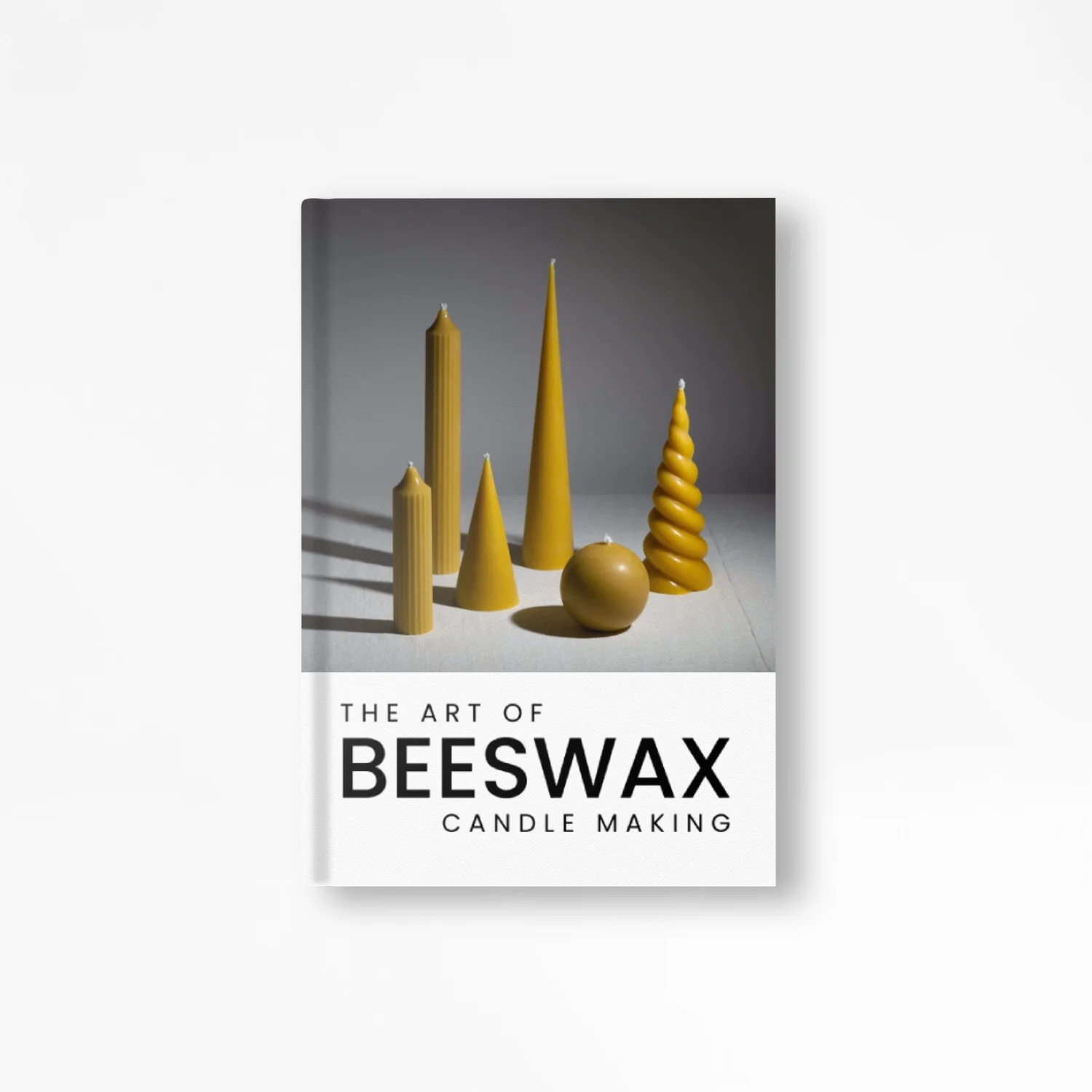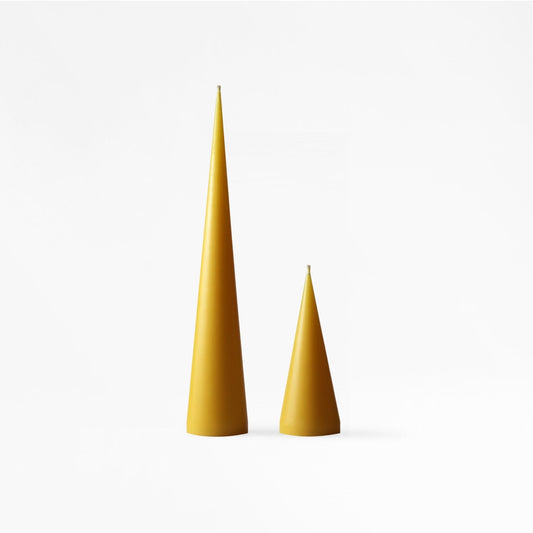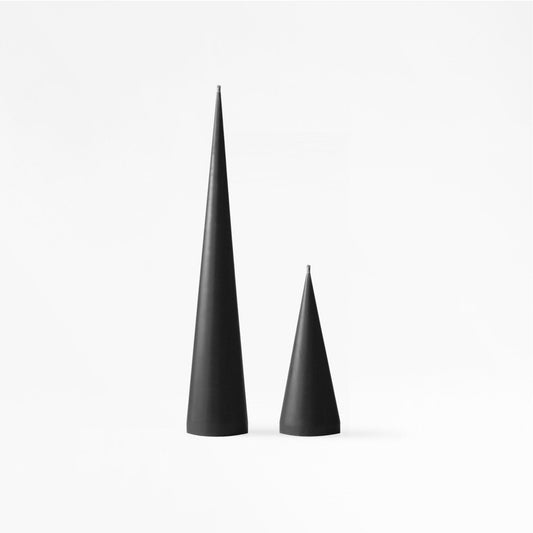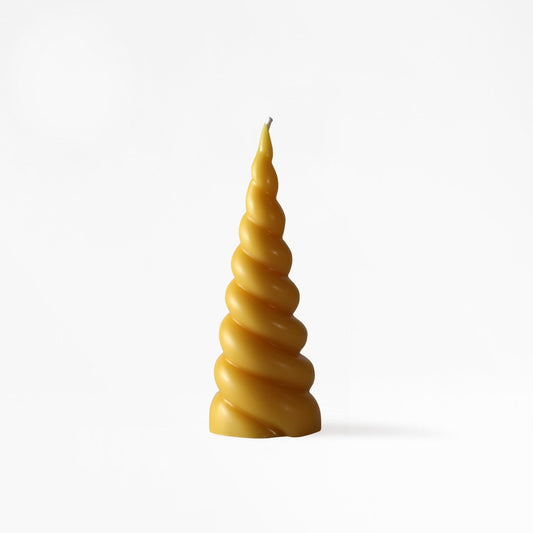Beeswax, with its natural golden hue and versatile properties, is a valuable substance with various applications. Whether you're a beekeeper or a DIY enthusiast, understanding beeswax filtering methods is crucial to ensure the purity and quality of this prized beekeeping by-product. In this comprehensive guide, we will explore different beeswax filtering techniques and provide step-by-step guidance for each method.
The Importance of Beeswax Filtering
Filtering beeswax is an essential step in the processing and purification of this natural substance. Beeswax can contain impurities such as bee parts, pollen, and debris from the hive. Proper filtering helps remove these impurities, resulting in cleaner and more refined beeswax. This is particularly important if you plan to use the beeswax for cosmetic products, candle making, or any application where purity is a priority. By filtering your beeswax, you can enhance its appearance, improve its performance, and ensure a higher-quality end product.
Sedimentary Filtering
Sedimentary filtering is a simple yet effective method to remove larger impurities and debris from raw beeswax. Here's how it works:
- Break beeswax into small blocks.
- Place blocks in a large pan or wax melter, and cover with water.
- Gently boil on low heat until wax melts completely.
- Remove from heat, cover the pan with a blanket to cool slowly.
- Separation of water and wax occurs, with impurities settling at the bottom.
- Once cold (preferably overnight), remove the wax block from the pan.
- Discard water containing debris, can be used as plant fertilizer.
- Scrape off impurities from the bottom of the wax block using a stainless steel scraper.
- Repeat the process until the wax is clean and pure.
Gravity Filtering
Gravity filtering is a more refined technique that involves gravity to separate impurities from beeswax using a filter medium. Follow these steps:
- Melt your beeswax around 90C / 195F using a double boiler or a dedicated wax melting pot.
- Set up a filtering system with a container, a filtering medium (such as a pollen extractor), and a support structure.
- Pour the melted beeswax into the filtering medium, allowing it to pass through by gravity.
- Impurities will be trapped in the filtering medium, ensuring a cleaner beeswax flow.
- Collect the filtered beeswax in a clean container.
Conclusion
Filtering beeswax is a critical step in obtaining pure and refined beeswax for your various projects. By choosing the appropriate filtering method and following the steps carefully, you can remove impurities and ensure a high-quality end product.
Remember, filtered beeswax not only looks more appealing but also performs better in applications such as candle making, cosmetics, and woodworking. It allows you to fully harness the natural properties and versatility of beeswax while ensuring a superior result.
Experiment with different filtering methods to find the one that works best for you and your specific requirements. Consider the scale of your operation, the volume of beeswax you're working with, and the level of purity you aim to achieve.
With a commitment to quality and a thorough understanding of beeswax filtering methods, you can enjoy the benefits of working with pure and refined beeswax in your crafts, products, or beekeeping endeavours.










